The smartphone sector is rapidly adopting silicon-carbon battery technology, which provides enhanced energy density, quicker charging times, and greater durability. In contrast to conventional lithium-ion batteries, silicon-carbon batteries facilitate larger capacities within compact designs, thereby ensuring extended battery life without adding to the device’s weight or thickness.
Numerous flagship smartphones released in late 2024 and early 2025 incorporate this cutting-edge battery technology, resulting in notable advancements in power efficiency, thermal management, and charging cycles. Below is an in-depth examination of the ten most recent smartphones featuring silicon-carbon batteries and the distinctive attributes that set them apart.
1. Vivo X200 & X200 Pro
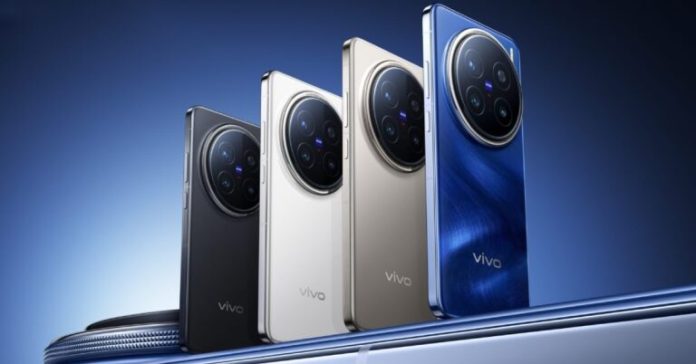
The Vivo X200 features a 5800mAh silicon-carbon battery that supports 90W wired fast charging, whereas the Vivo X200 Pro boasts a 6000mAh battery with capabilities for both 90W wired and 30W wireless charging.
Both models are driven by MediaTek’s Dimensity 9400 SoC and offer configurations of up to 16GB LPDDR5X RAM and up to 1TB UFS 4.0 storage. Notably, the X200 Pro features a 200MP Samsung HP9 periscope telephoto camera, certified by Zeiss APO, which provides 3.7x optical zoom and optical image stabilization (OIS). Additionally, the series is rated IP69 and IP68 for dust and water resistance, ensuring exceptional durability.
2. Xiaomi 15 & 15 Pro
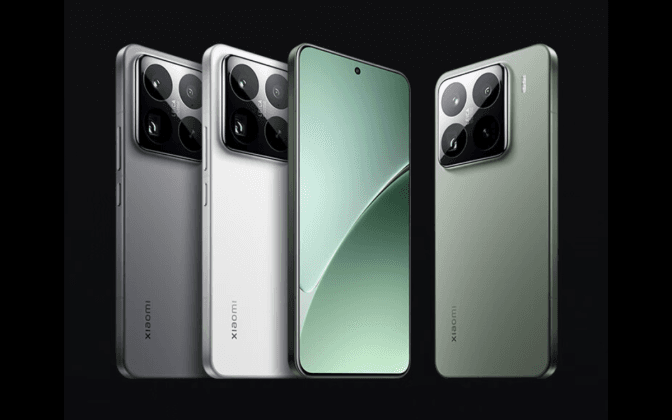
Xiaomi 15 features a 5400mAh silicon-carbon battery, which supports 90W wired charging and 50W wireless charging. In contrast, the 15 Pro enhances the battery capacity to 6100mAh, while maintaining the same charging capabilities. The Pro variant also boasts an impressive ultra-high energy density of 850Wh/L, contributing to a longer lifespan and improved efficiency.
Both models are powered by the Snapdragon 8 Elite SoC and offer configurations of up to 16GB LPDDR5X RAM and 1TB UFS 4.0 storage. The Xiaomi 15 features a triple camera setup, including a 50MP Light Fusion 900 main sensor, a 50MP ultra-wide lens, and a 50MP 2.6X telephoto camera. Meanwhile, the 15 Pro is distinguished by its 5X periscope telephoto lens. Additionally, both devices are equipped with ultrasonic fingerprint scanners and are rated IP68 for water resistance.
3. Realme GT 7 Pro
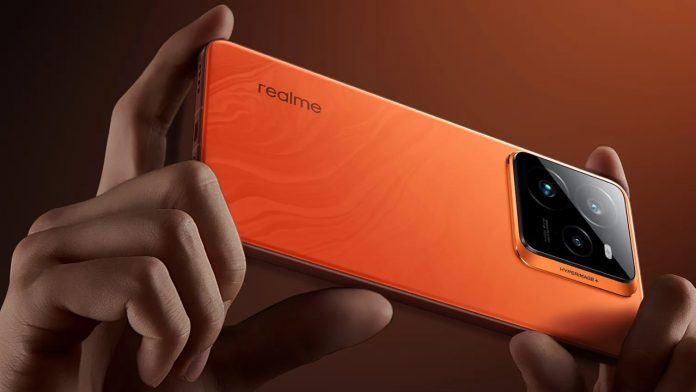
The Realme GT 7 Pro features a 6500mAh silicon-carbon battery, which supports 120W fast charging, allowing it to reach a 50% charge in merely 14 minutes. This model incorporates the highest industry standard of 10% silicon content, enhancing battery longevity for up to four years. However, in the Indian market, it is equipped with a 5800mAh battery.
The smartphone operates on the Snapdragon 8 Elite SoC and features a 6.78-inch 1.5K OLED display with a peak brightness of 6000 nits. It is also outfitted with a 50MP primary camera, an 8MP ultra-wide camera, and a 50MP 3x periscope telephoto lens.
4. Redmi Note 14 Pro+

The Redmi Note 14 Pro+ features a 6200mAh silicon-carbon battery, which boasts an energy density of 814Wh/L and contains 6% silicon. This composition enables a compact design while enhancing battery longevity. The device supports 90W wired fast charging and incorporates Surge G1 and Surge P2 battery management chips to optimize power efficiency.
Powered by the Snapdragon 7s Gen 3 processor, the smartphone offers configurations of up to 12GB of RAM and 512GB of storage. It features a 6.67-inch 1.5K OLED display, a 50MP primary camera, an 8MP ultra-wide camera, and a 50MP 2.5X telephoto lens. Additionally, the device is rated IP66, IP68, and IP69, ensuring robust durability.
5. Oppo Find X8 & X8 Pro
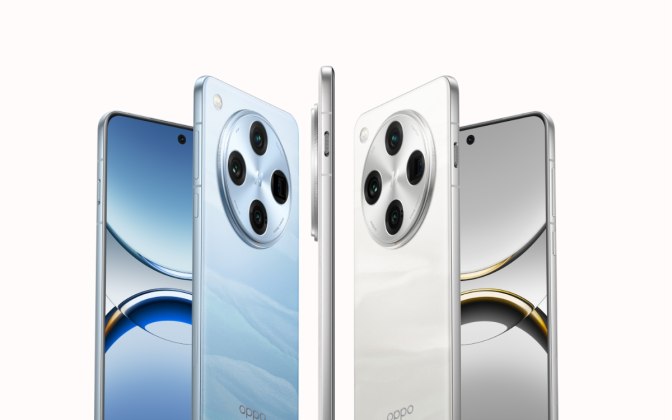
The Oppo Find X8 features a 5630mAh silicon-carbon battery, whereas the Find X8 Pro boasts a larger 5910mAh silicon-carbon battery. Both models support 80W SuperVOOC wired charging, 50W wireless charging, and 10W reverse wireless charging. The battery of the Find X8 Pro is engineered with a high silicon content, which enhances its longevity and improves thermal management during rapid charging.
Both smartphones utilize the MediaTek Dimensity 9400 SoC, coupled with up to 16GB of LPDDR5X RAM and 1TB of UFS 4.0 storage. The Find X8 features a 6.59-inch AMOLED display, while the Find X8 Pro is equipped with a 6.78-inch LTPO AMOLED screen that offers a peak brightness of 4500 nits and supports Dolby Vision. The camera configuration includes a 50MP main sensor, a 50MP ultra-wide camera, and a 50MP 3x periscope telephoto lens, with the X8 Pro additionally featuring a 50MP 6x periscope zoom lens. Both devices are rated IP68 and IP69 for water and dust resistance.
6. Honor Magic 7 & Magic 7 Pro
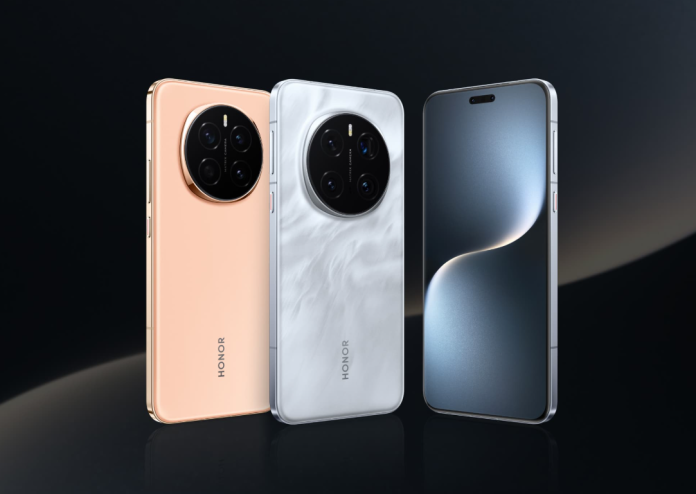
The Honor Magic 7 features a 5650mAh silicon-carbon battery, whereas the Magic 7 Pro boasts a 5850mAh silicon-carbon battery. Both models support 100W wired fast charging and 80W wireless charging. The incorporation of silicon-carbon technology enhances energy density, resulting in extended battery life while preserving a sleek design. This improved battery performance is further supported by sophisticated cooling mechanisms, including stainless steel VC cooling and graphite sheets, which ensure optimal functionality during demanding tasks.
Both devices are powered by the Snapdragon 8 Elite SoC, with configurations offering up to 16GB of LPDDR5X RAM and 1TB of UFS 4.0 storage. The Magic 7 Pro sets itself apart with a 200MP periscope telephoto camera that provides 3x optical zoom and 100x digital zoom, in addition to a 50MP main sensor and an ultra-wide lens. The Magic 7 features a similar camera arrangement but does not include advanced telephoto capabilities. With IP68 and IP69 ratings, 1-120Hz LTPO OLED displays, and Magic UI 9.0, the Honor Magic 7 Series merges state-of-the-art technology with exceptional durability, reinforcing its status as a flagship contender in 2025.
7. Honor 300 Series
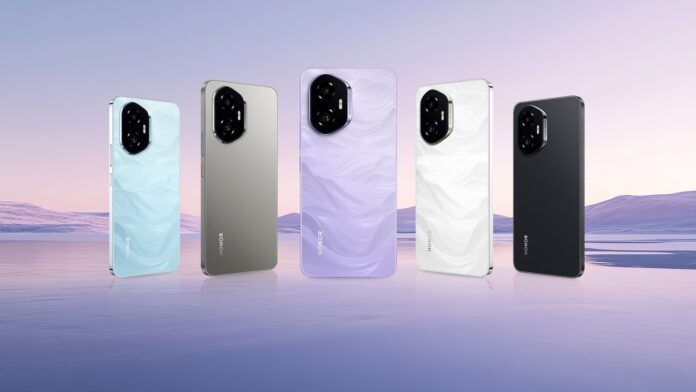
The Honor 300 features a 5300mAh silicon-carbon battery and supports 100W fast charging, achieving 59% charge in just 15 minutes and a full charge in 35 minutes. The Honor 300 Pro and Ultra models also utilize 5300mAh silicon-carbon batteries but offer 80W wireless charging, providing rapid and efficient energy replenishment. The high-density silicon-carbon material contributes to prolonged battery life and enhanced power retention.
The Honor 300 series operates on the Snapdragon 7 Gen 3 (Standard) and Snapdragon 8 Gen 3 (Pro and Ultra) processors. These devices feature OLED displays measuring 6.7 inches and 6.78 inches, with peak brightness reaching up to 4000 nits and 3840Hz PWM dimming for eye comfort. The camera configuration includes a 50MP primary sensor, a 12MP ultra-wide lens, and a 50MP front-facing camera, while the Pro and Ultra models are equipped with a 50MP periscope telephoto lens offering 3x or 3.8x optical zoom. Additionally, they are designed with IP65 dust and water resistance.
8. Redmi K80 & K80 Pro

The Redmi K80 Pro features a 6000mAh silicon-carbon battery that supports 120W fast charging and 50W wireless charging. In contrast, the standard Redmi K80 features a 6550mAh battery with 90W fast charging capabilities but does not offer wireless charging. Xiaomi asserts that the innovative silicon-carbon material enhances battery longevity and minimizes heat production during intensive tasks.
The K80 Pro is driven by the Snapdragon 8 Elite SoC, while the K80 utilizes the Snapdragon 8 Gen 3, with both models offering configurations of up to 16GB LPDDR5X RAM and 1TB UFS 4.0 storage. The Pro variant is distinguished by its 50MP Light Fusion 800 main sensor with optical image stabilization, a 50MP 2.5x telephoto lens, and a 32MP ultra-wide camera. Conversely, the standard K80 replaces the telephoto lens with an 8MP ultra-wide camera. Both devices are rated IP68 and IP69 for dust and water resistance.
9. OnePlus 13
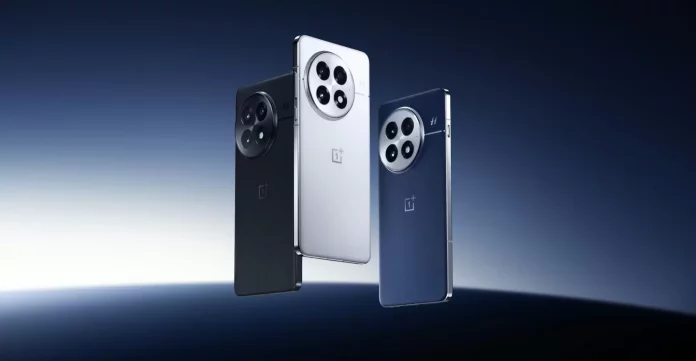
OnePlus 13 features a 6000mAh dual-cell silicon-carbon battery, achieving an impressive energy density of 805Wh/L, the highest among dual-cell configurations. This design enables the device to maintain a sleek profile while providing extended battery life. It features 100W SuperVOOC wired charging, capable of fully charging the device from 0 to 100% in merely 36 minutes, in addition to supporting 50W wireless flash charging and magnetic charging.
In terms of display, the OnePlus 13 showcases a 6.82-inch BOE X2 2K+ AMOLED screen with a peak brightness of 4500 nits and holds a DisplayMate A++ certification. The device is powered by the Snapdragon 8 Elite SoC, complemented by up to 24GB of LPDDR5X RAM and 1TB of UFS 4.0 storage. The camera system includes a 50MP Sony LYT-808 main sensor, a 50MP 3X periscope telephoto lens, and a 50MP ultra-wide camera. Additionally, it boasts IP68 and IP69 ratings, ensuring robust protection against dust and water.
10. iQOO 13
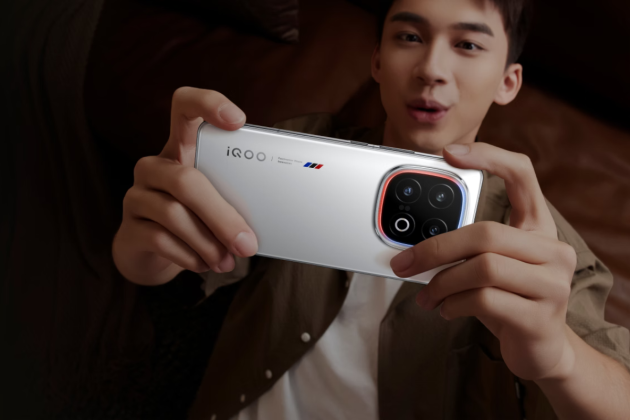
The iQOO 13 features a 6150mAh third-generation silicon-carbon battery, which supports 120W wired fast charging, allowing the battery to be fully charged in merely 30 minutes. Although it does not offer wireless charging, it includes 44W UFCS and 100W PPS charging capabilities, providing a flexible and efficient power management system. Additionally, the device is equipped with a 360° surround antenna system, enhancing network performance for mobile gaming.
This smartphone boasts a 6.82-inch BOE Q10 2K+ AMOLED display with a refresh rate of 144Hz and a peak brightness of 4500 nits. It operates on the Snapdragon 8 Elite SoC, with configurations offering up to 16GB of LPDDR5X RAM and 1TB of UFS 4.0 storage. In terms of photography, it is equipped with a 50MP Sony IMX921 main sensor, a 50MP ultra-wide camera, and a 50MP 2x telephoto lens.
Final Thoughts
Chinese smartphone manufacturers have swiftly adopted silicon-carbon battery technology, incorporating capacities of 6,000mAh and higher into their premium devices, whereas Samsung and Apple continue to utilize batteries capped at 5,000mAh. Companies such as Xiaomi, OnePlus, Vivo, Oppo, Realme, and Honor are advancing the boundaries of battery efficiency. Meanwhile, Samsung is said to be working on its own silicon-carbon batteries, although the timeline for their introduction is still uncertain. Apple, recognized for its gradual embrace of new technologies, is likely to take even more time to implement these innovations.
For more daily updates, please visit our News Section.
